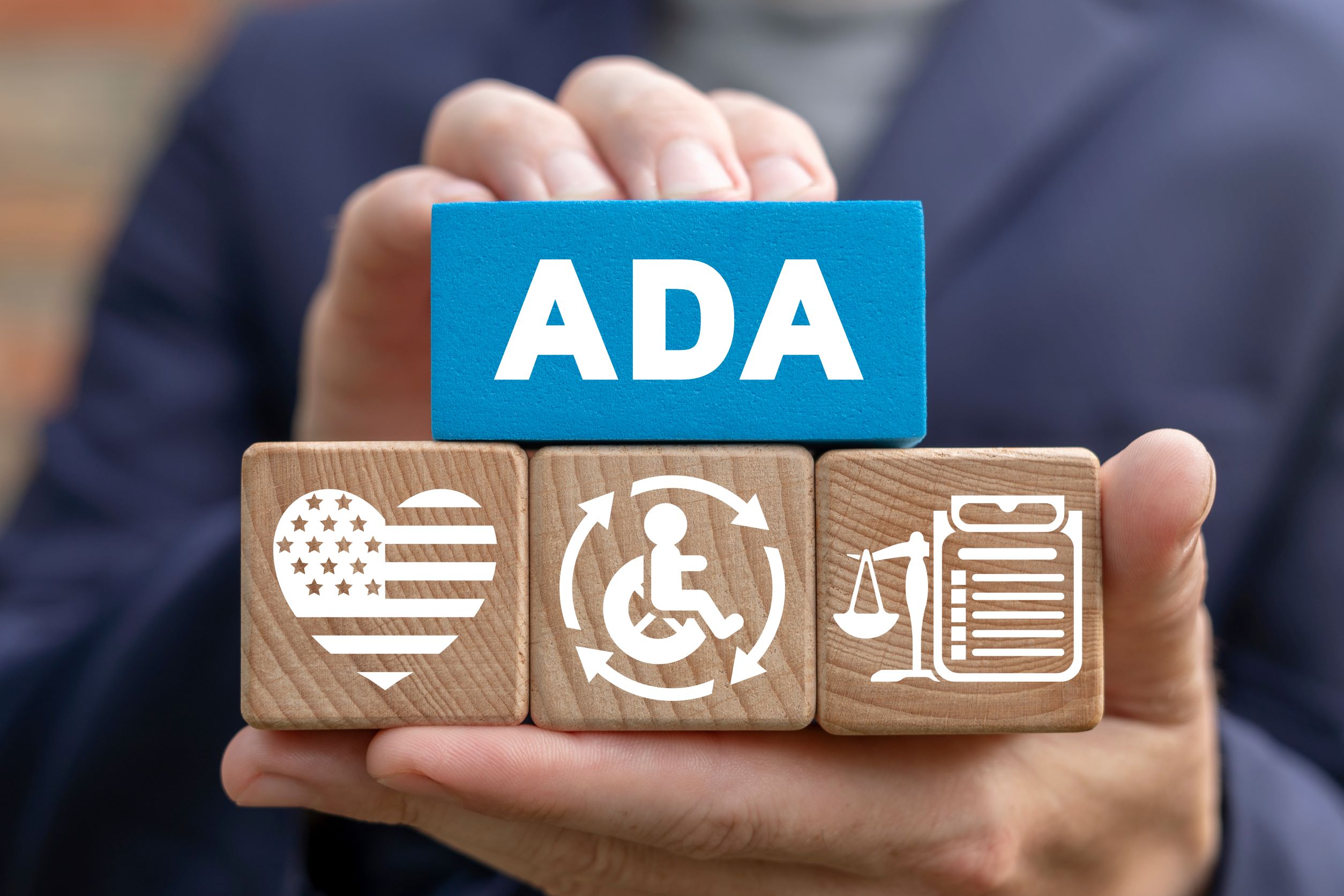Contents of this Post
ToggleWhen Sir Tim Berners-Lee created the World Wide Web, he envisioned it as an open platform for everyone. It would be a place where information is shared freely, and collaboration can be done ‘across geographic and cultural boundaries.’
In a way, the World Wide Web has lived up to its promise. Certainly, the internet made people’s lives convenient. Through the internet, you can go shopping, order food, consult remotely with a medical professional, or indulge in your hobbies, like playing chess in real time with someone on the other side of the planet. However, access to these conveniences can be problematic for people with disabilities.
Fortunately, the ratification of accessibility laws helped them enjoy the same conveniences. The laws make the World Wide Web more inclusive, which aligns more with Sir Tim Berners-Lee’s vision.

Website accessibility definition
Website accessibility is the system of ensuring websites are usable and accessible to everyone, including those with impairments and disabilities. Accessibility for everyone entails adhering to design principles to help ensure every user shares the same experience.
Website accessibility acknowledges and recognizes the right of people with disabilities to enjoy the conveniences the internet offers.
Who benefits from web accessibility laws?
The number of people with disabilities worldwide is about a billion. To ensure they get equal access to websites, many countries worldwide have adopted and published web accessibility laws.
Adopting these laws also helps prevent discrimination. However, these laws often struggle to keep up with technological advancements. Confusion often happens regarding to whom the laws apply and what the laws require.
Web accessibility covers many forms of disabilities that can affect access to the internet, like the following:
- Visual
- Speech
- Auditory
- Cognitive
- Neurological
- Physical
Accessibility makes a website and its content easy to understand and navigate for all visitors.
While web accessibility is a big boon for people with disabilities, it also benefits people, such as:
- People in areas with expensive or limited bandwidth or with slow internet connection
- Older adults with changing abilities
- People with broken arms/limbs or those who lost their glasses, i.e., those with ‘temporary disabilities’
- People who use smart TVs or devices, like smartphones, smartwatches, or other devices with tiny screens
Making your content accessible gives an equal chance for everyone to consume your content. Everyone can participate and get the same information. You help promote inclusivity as well.
Design principles for web accessibility
Web accessibility laws across the globe are based on the Web Content Accessibility Guidelines (WCAG), published by the World Wide Web Consortium (W3C). However, countries don’t include technical specifications when writing these laws. They simply require general conformity with the accessibility laws laid down by the WCAG.
WCAG has issued four primary principles that must be emphasized to make your website accessible. These principles can serve as a reference for your website to ensure your site’s accessibility. They include the following:
-
Perceivable
Anyone should easily perceive the information and content on your site. And not just seen by the eyes – people with visual impairment should be able to ‘read’ the content too. Your content should have the option of getting converted into speech, symbols, or braille. Moreover, it should have a straightforward, simple layout with no helpful information left out.
The website should ensure that users can choose to see and hear sounds when navigating the site’s pages. Additionally, time-based videos should have an accessible alternative, like closed captioning.
-
Operable
This principle refers to the website’s ease of navigation. Its user interface should be intuitive. The keyboard should have complete functionality and no visual effects that can trigger seizures. The site’s design should be clean, uncluttered, and easy to browse.
-
Understandable
Users should understand your site’s graphic design and written content easily. Not only should your font and text be readable, but the language should also be simple and clear. Verbose, unfocused language can be confusing and difficult to understand by people with cognitive impairment or those whose language isn’t your site’s primary language.
-
Robust
In addition, your site’s content should be adaptable to assistive technologies, like screen readers. This principle requires writing HTML specifically for assistive technologies to interpret your code easily. With your website being robust, compatibility is maximised for all users.
Compliance with website accessibility laws
Aside from being beneficial for business, website compliance carries an ethical and legal obligation. Accessibility regulations worldwide include a prohibition against discrimination.
A few prominent web accessibility laws from different countries and regions are discussed below:
Americans with Disabilities Act (ADA): ADA began as an anti-discrimination law that requires businesses to provide access to ‘places of public accommodation’ and ensure people with disabilities have access to basic services.
Later, the U.S. Department of Justice, including the courts, added digital assets in connection with ‘places of public accommodation.’
ADA’s Title III mandates places of public accommodation to ensure access for persons with disabilities is provided. And since digital spaces like websites have been included as one of the public accommodation areas, failure to adhere will result in substantial fines.
Rehabilitation Act, Section 508: The Rehabilitation Act of 1973 (enacted by the US Congress of that year) seeks to protect people with disabilities against discrimination. Section 508 of the Act instructs all federal agencies to ensure all their digital technologies, such as websites, electronic documents, multimedia content, software, etc., can be accessed by people with disabilities.
The Accessibility for Ontarians with Disabilities Act (AODA): AODA was passed in 2005, requiring the websites of private, public, and non-profit organisations to follow the WCAG 2.0 Level AA. This law was passed to jump-start the process of developing and administering web accessibility standards to guide Ontario towards conformity and accessibility by 2025.
EN 301 549: The European standard for web accessibility, EN 301 549, was passed by The European Telecommunications Standards Institute (ETSI) in 2015. ETSI is an officially recognized agency tasked with standardizing ICT (Information and Communication Technology) and is recognized by the European Union (EU).
Like the other accessibility laws, EN 301 549 sets guidelines for companies’ websites in the public and private sectors to ensure the rights of persons with disabilities. These guidelines include a comprehensive list of disabilities and specify the roadblocks that may prevent users from enjoying the entire gamut of website services.
Furthermore, EN 301 549 includes software, electronic devices, mobile apps, and all digital techs. Multinational corporations seeking to partner with any European organisation are required to comply with the web accessibility standards set down by EN 301 549.
Conclusion
Web accessibility laws seek to make the World Wide Web more welcoming and inclusive for everyone, which is more in line with the vision of its creator, Tim Berners-Lee. These laws require websites and other digital assets of companies in the public and private sectors to add design principles that allow people with disabilities to enjoy the content and conveniences that websites offer.
For websites, compliance with these laws not only helps them reach a wider audience. Adhering to accessibility laws also carries an ethical and legal obligation. Accessibility laws have been passed by countries worldwide, and most of them have been largely patterned after the Web Content Accessibility Guidelines (WCAG) published by the World Wide Web Consortium (W3C).

